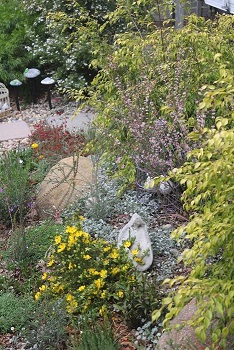 Want to work with Australian Native Plants?
Want to work with Australian Native Plants?
- In an Australian native plant nursery
- In a Australian native plant garden
- In natural/native landscaping or garden design
- Growing Australian native cut flowers
- In the horticultural media specialising in natives
- On re-vegetation projects
This course can help a lot. It focuses on smaller growing natives (eg. wildflowers, clumping plants, etc). It complements but also differs from the studies in our other natives courses.